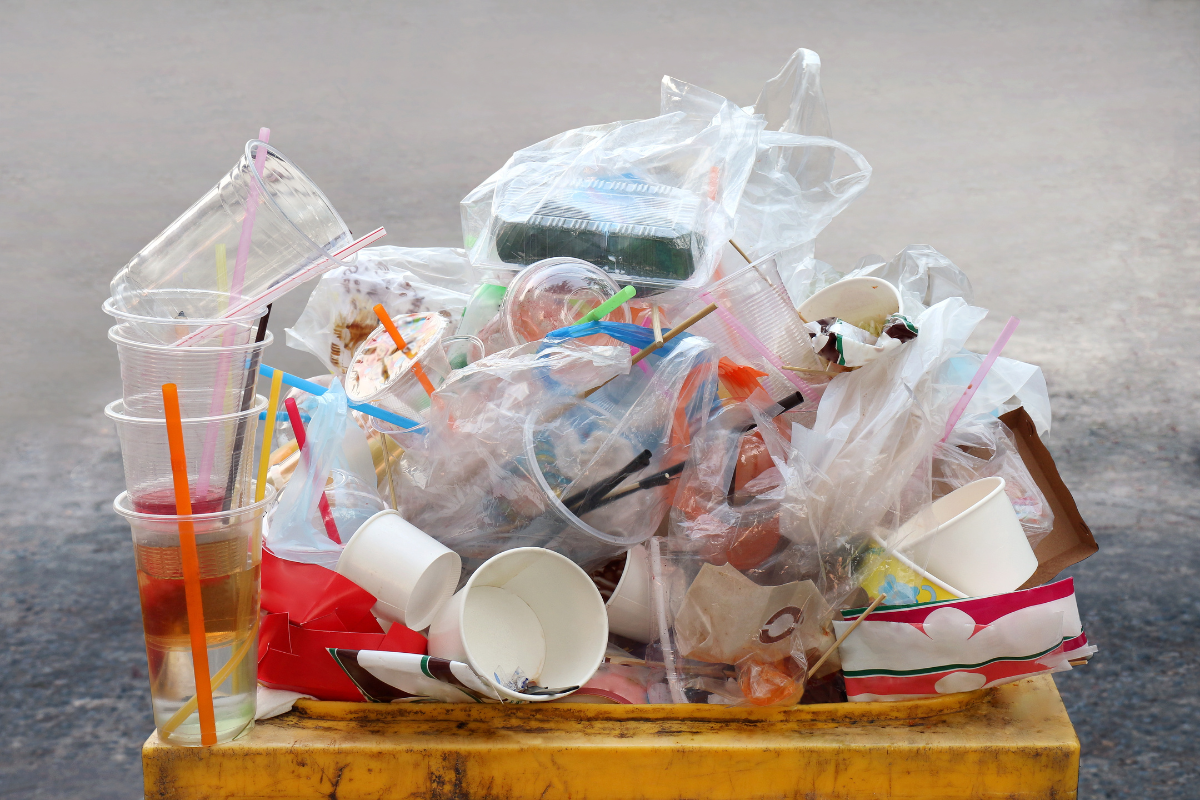
The Coalition has distributed more than $5 million in grants since its inception in mid-2022. | DeawSS/Shutterstock
The PET Recycling Coalition has released its first annual report, detailing progress in increasing collection and recycling of one of the most common plastics in packaging.
The coalition, launched in 2022, is part of The Recycling Partnership. Over the past two years, the initiative has distributed more than $5 million in grants, resulting in the addition of 29 million pounds per year of recycled PET that previously had not been captured, according to the report.
The coalition awards grants to MRFs, secondary sorters and reclaimers to improve acceptance, increase capture and deliver higher-quality recycled PET to responsible end markets, the report said. The grants support facility upgrades, improved sortation capabilities and community engagement to boost recycling rates.
The organization aims to achieve a milestone of 250 million pounds per year of PET captured by the end of 2027 and a level of at least 60% acceptance for non-bottle PET by the end of 2025. Also by the end of 2025, the coalition hopes to achieve “scaled recycling for pigmented and opaque PET.”
Grant recipients across the country
The report included several case studies of grant recipients, showcasing how the entities’ efforts were producing quantifiable results.
One recipient was Baldwin County in southwest Alabama. The county is building a new MRF, expected to start up in fall 2024. The new MRF will enable the county to capture an estimated 1.3 million new pounds of PET each year, the report said, along with initiatives including expanded curbside recycling. A new optical sorter will separate PET from mixed plastics.
Ice River Sustainable Solutions in Ontario, Canada, is expanding its operations to optimize bale sorting to include as much non-bottle PET as possible. And within the next few years, Ice River should also contribute to the creation of an end market for colored and opaque PET by becoming a buyer.
In Mecklenburg County, North Carolina, a $25.7 million retrofit to an existing county MRF is expected to begin in 2025. It will include expanded plastic sorting capabilities, and a coalition grant will support a new optical sorter, conveyors and other equipment. The upgrades will enable the facility to capture nearly 5 million more pounds of PET bottles each year and introduce non-bottle PET recycling to the county for the first time.
In Pico Rivera in Southern California, Valemi is building more capacity to sort all types of PET, including non-bottle containers. An optical sorter will help enable 3.73 million more pounds of sorting capacity per year, an increase of about 70%.
Results by the numbers
In January 2023, the coalition announced its first round of PET recovery grants, followed in April by a second round. And in November of that year, four more grants were announced, which will add a projected 300,000 pounds a year of colored and opaque PET resin to the market.
Because manufacturers prefer clear recycled PET, demand for colored and opaque PET remains low, the report said, adding that one of the November grants was for Los Angeles reclaimer rPlanet Earth to support an end market for the resin.
Access to recycling for non-bottle PET has grown by 1.4 million households, according to the report, representing an increase of about 1.1%.
At the MRF level, PET bottle capture has increased by 20 million pounds a year, or 1%, and non-bottle PET capture is up by 8 million pounds per year, according to the report. Because baseline data does not exist, growth in non-bottle PET capture is difficult to estimate, according to the coalition.

